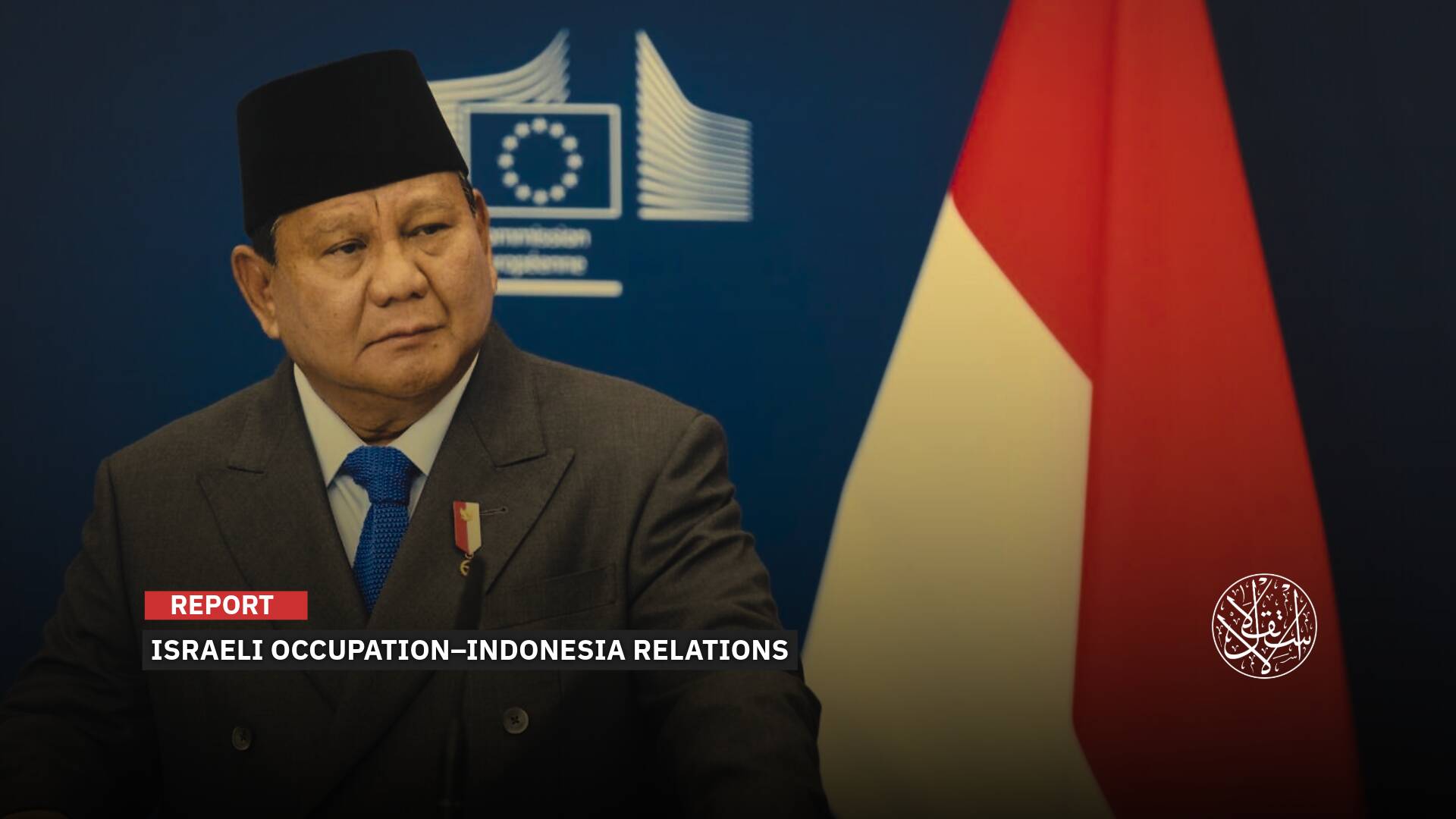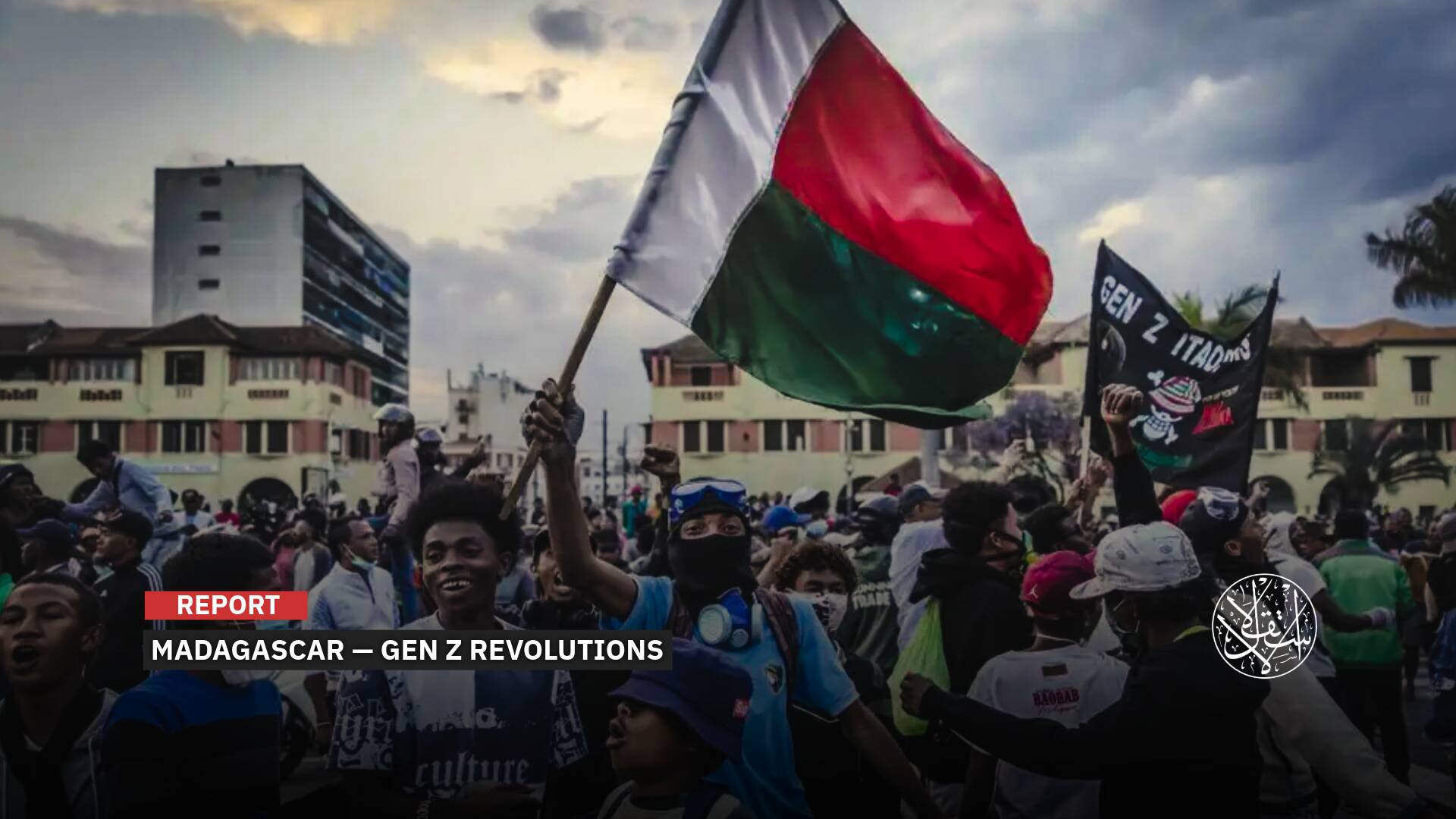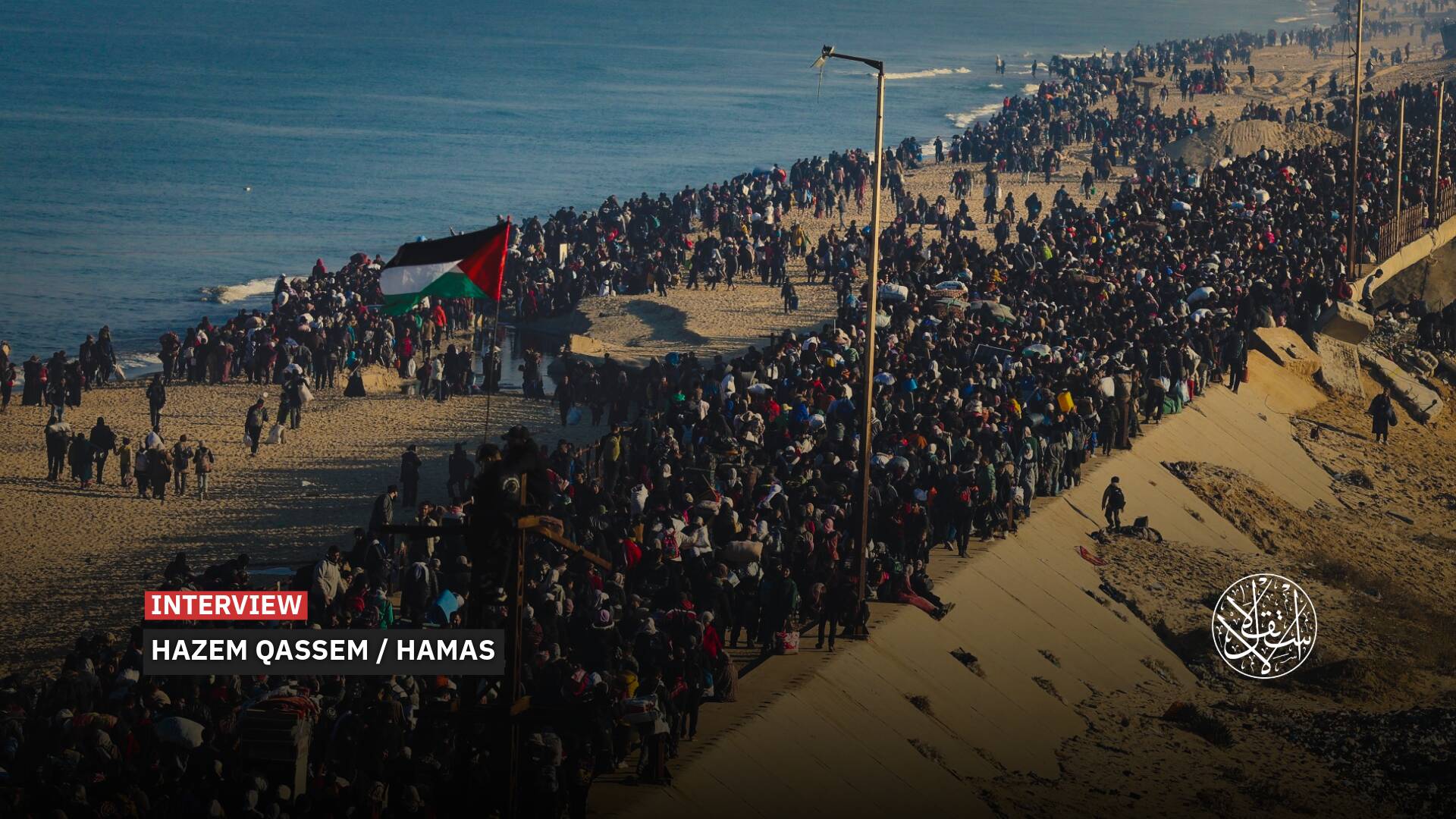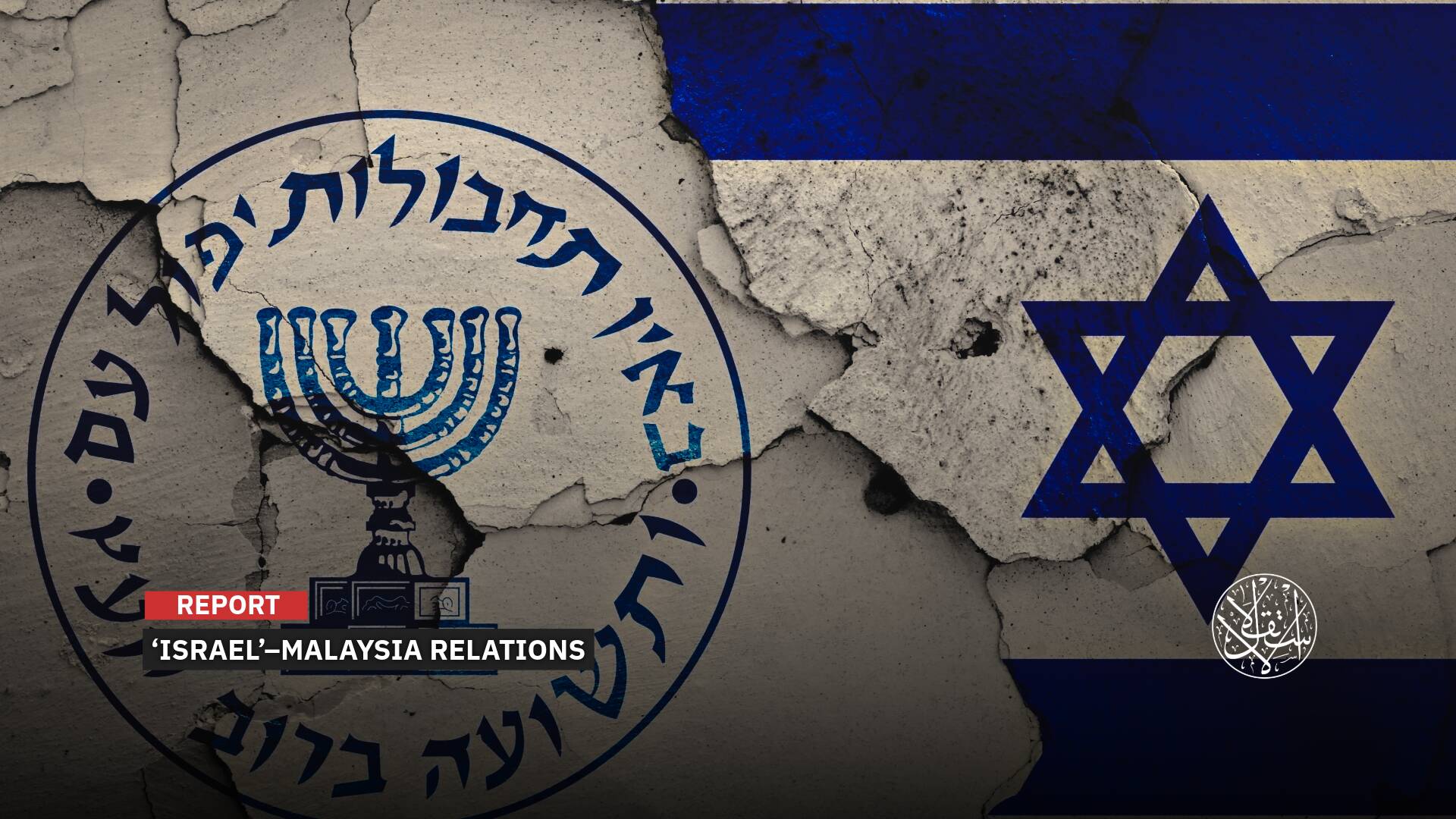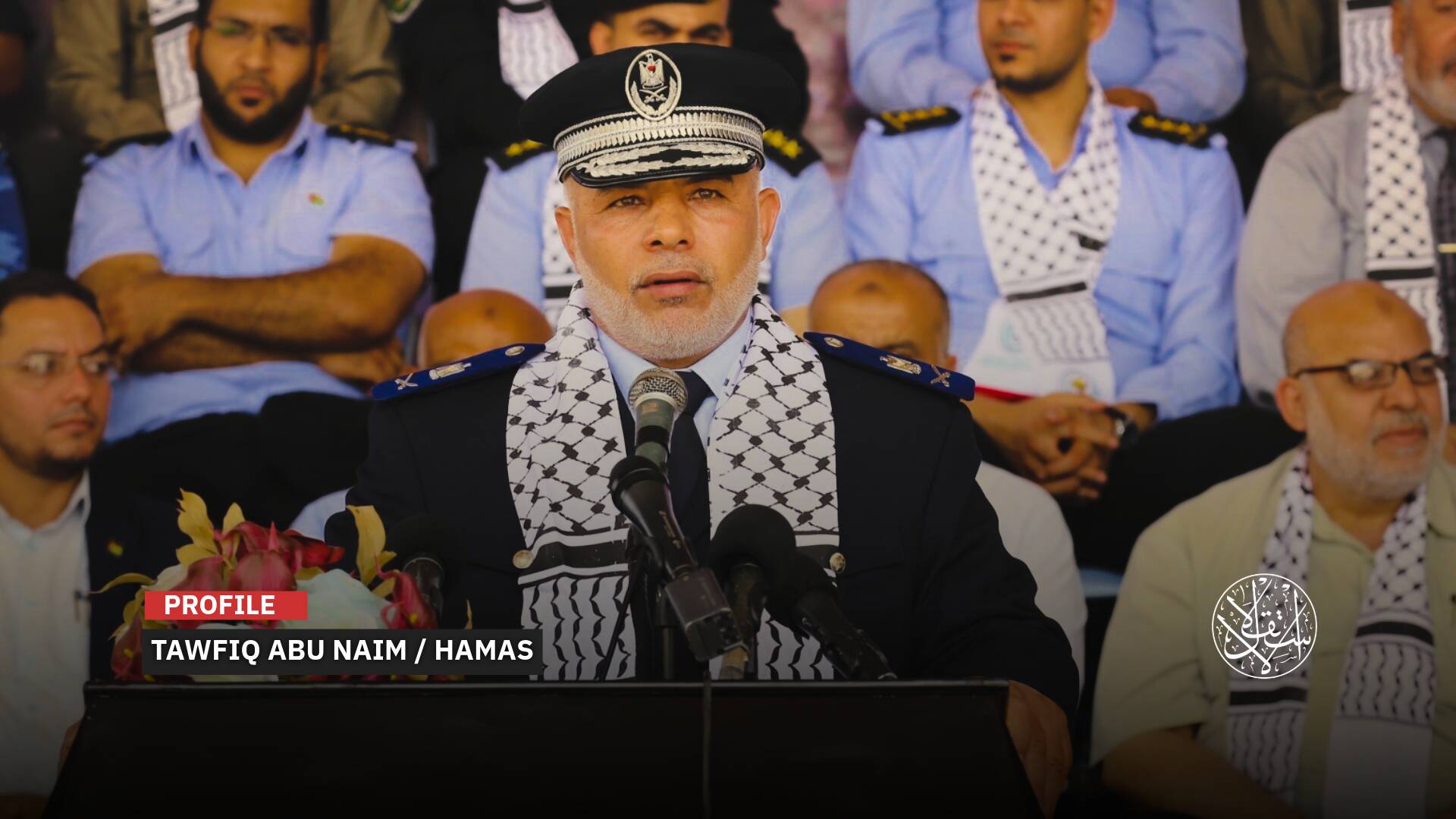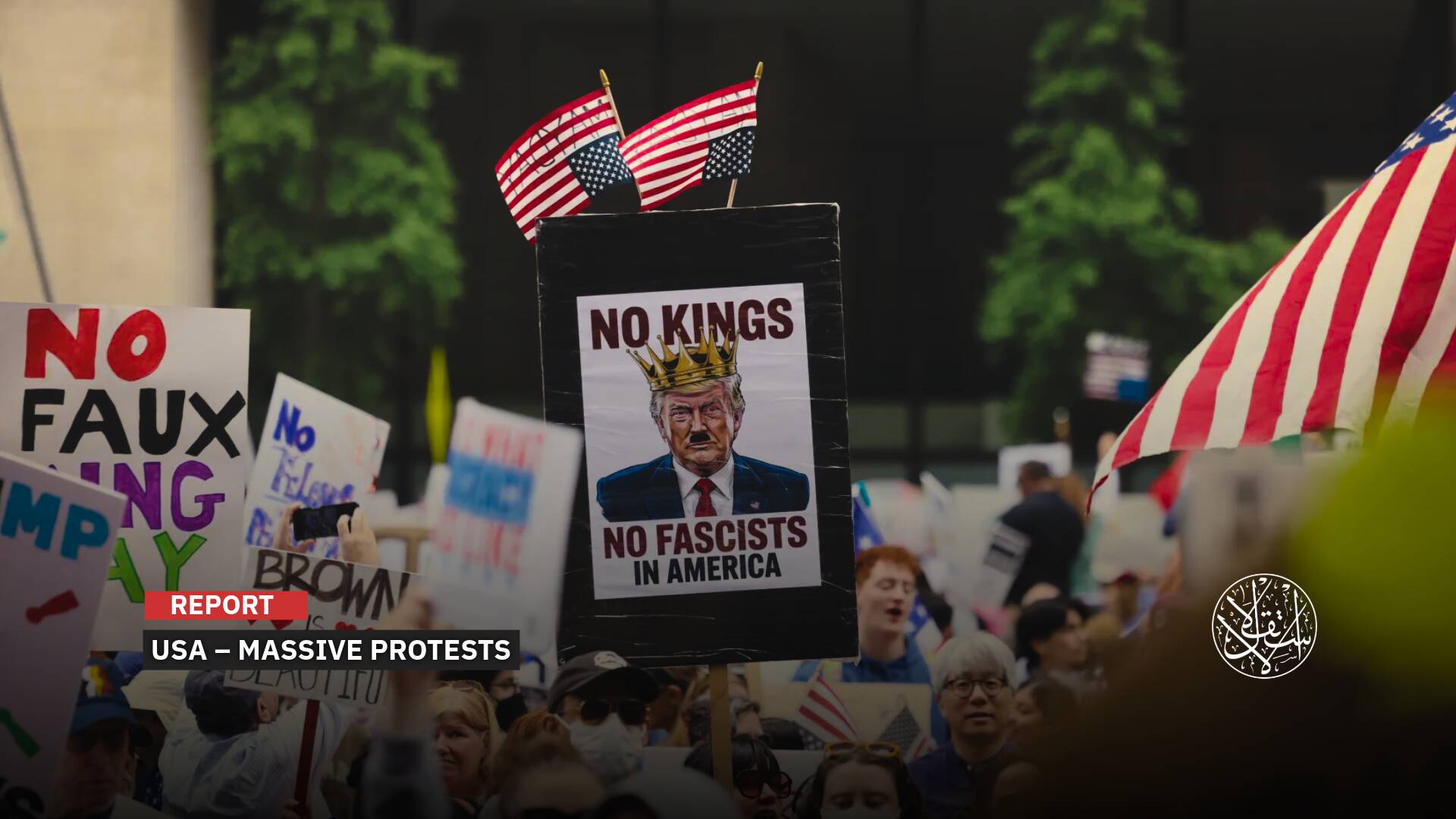From Blowing Up Merkavas to Capturing Shalit: The Story of al-Nasser Brigades, Gaza’s Third-Largest Resistance Force

The brigades’ locally produced weapons underscore their battlefield evolution and remarkable capacity for innovation.
In Gaza, where Israeli bombardment and aggression persist, and the unrelenting Palestinian spirit rises from the rubble, resistance factions continue to grow, just as tree roots deepen in soil soaked with blood for decades.
Among these factions stands al-Nasser Salah al-Din Brigades, a resilient military force that emerged from the heart of the Second Intifada. Despite assassinations, splits, and shifting political tides, the group has never lost its direction.
Though few in number, its fighters say their impact is significant—and “Israel” has come to know this all too well: on the border, inside occupied settlements, under the tracks of Merkava tanks, and most recently during Operation al-Aqsa Flood.
Born in the shadows, armed under siege, and tested in the field, the brigades have refined tactics of infiltration, joint attacks, and advanced explosive devices.
From blowing up their first Merkava tank, to launching Nasr-1 and Yassin-105 rockets, and from the 2006 Operation Dispersive Illusion that captured an Israeli soldier, to high-impact missions during Operation al-Aqsa Flood—the resistance brigades has remained active at every turning point, guided by an unconventional military vision that blends grassroots action with bold battlefield initiatives.
This prompts a closer look at the Palestinian shadow army: how it was formed, how it survived ideological shifts and internal splits, what sets it apart from other resistance factions, and what role it truly plays in today’s fierce resistance landscape.
Messages From the Brigades
In a video posted on X on July 3, 2025, al-Nasser Salah al-Din Brigades—the military wing of the Popular Resistance Committees in Palestine—showcased ongoing efforts by its engineering and manufacturing units, a clear message that the war is far from over, even after more than 600 days since Operation al-Aqsa Flood.
The video carried multiple messages, starting with a tribute to Palestine’s great martyr, Haj Ramadan—a reference to General Mohammad Saeed Izadi, a senior commander in Iran’s Quds Force and key figure in coordinating support for Palestinian resistance. He was killed during the recent 12-day Israeli war on Iran.
The brigades described him as someone “whose fingerprint is found on every bullet, bomb, and rocket,” ending the video with the words: “Peace be upon you, pillar of Palestine.”
Through a mix of symbolic gestures and clear language, the brigades praised the role of Iran’s Revolutionary Guard, declaring that “their rockets shattered Israel’s image of invincibility.” They also saluted the “Yemeni resistance,” whose missiles, they said, “still echo through our occupied land,” and commended Hezbollah and the Islamic resistance in Lebanon—while thanking all those who continue to stand with the Palestinian cause.
On the ground, al-Nasser Salah al-Din Brigades went beyond slogans, recently announcing the execution of special operations against Israeli Occupation forces along the Khan Younis front in southern Gaza, using Yasin 105 rockets and explosive devices to target military vehicles.
This kind of localized arms manufacturing—combining creativity and field effectiveness—demonstrates the resistance group’s growing ability to sustain combat and inflict damage despite siege conditions and limited resources.
Both on the battlefield and in its media presence, the brigades aim to show that their resistance is not confined to gunfights and trenches. It reaches deep into underground workshops, where Palestinian responses are forged with ingenuity and fire—one handmade rocket at a time, crafted under blockade and hunger.
Their message is clear: resistance is not just an act of combat, but a daily process of defiance, invention, and survival. In every weapon produced and every image broadcast, they assert a narrative of resilience born from hardship and driven by one cause: Free Palestine.
Origins and Formation
The Popular Resistance Committees—the parent organization of al-Nasser Salah al-Din Brigades—were established at the outset of the Second Intifada, on November 28, 2000.
They emerged as a military framework bringing together wanted fighters from various factions, most of them from Fatah, who had grown disillusioned with the performance of the Palestinian security forces.
Among the group’s founding figures were Jamal Abu Samhadana, Ismail Abu al-Qumsan, Abu Yusuf al-Qawqa, and Muhammad a-Sheikh Khalil. Together, they formed the core of a new organization that rejected the status quo and focused on bold, high-impact operations.
This framework quickly evolved into al-Nasser Salah al-Din Brigades—a specialized military wing named after the famed Muslim commander who liberated Jerusalem. From the beginning, the brigades made it clear: their numbers might be small, but their impact would be great.
Despite limited resources, the resistance group carried out notable operations that left a significant mark on Israeli Occupation’s deterrence strategy, including the destruction of four Merkava tanks and the storming of fortified settlements.
Their first major operation took place in the same month they were founded—November 2000—targeting an Israeli Occupation force at the Rafah crossing. Soon after came “Operation Zalzala al-Husoun” (“Earthquake of the Fortresses”), a joint operation carried out with Hamas’s al-Qassam Brigades and Fatah’s al-Aqsa Martyrs Brigades (which was later disbanded by President Mahmoud Abbas). The operation resulted in the killing of seven Israeli soldiers.
From early on, the brigades understood that true military independence required self-reliance in arms production. Under the supervision of Mohammed al-Abed al-Qawqa, they established a local weapons manufacturing unit, producing mortars and the “Nasser 1” and “Nasser 2” rockets.
This move reflected a commitment to operate independently of foreign funding and to keep pace with the growing military capabilities of other resistance movements in Gaza.

A Hostile Label
On October 15, 2003, al-Nasser Salah al-Din Brigades suddenly found themselves in the crosshairs of then-U.S. President George W. Bush, after being accused of carrying out a bombing that targeted an American diplomatic convoy in Gaza, killing three U.S. security personnel.
From that moment, the group was officially placed on the radar of U.S. security agencies and classified as a hostile entity.
According to Israeli Occupation intelligence reports, the explosive device used in the attack bore the signature of Abu Yusuf al-Qawqa, one of the brigades’ top commanders at the time.
Although al-Qawqa was later assassinated in an Israeli airstrike, the incident triggered a wave of diplomatic and security tensions—especially amid accusations that the Palestinian Authority, led then by the late President Yasser Arafat, failed to seriously investigate the attack due to “personal ties” between Resistance Committees leaders and figures in official security agencies.
Later, when most Palestinian factions agreed to a “comprehensive truce” in early 2005 following Arafat’s death, the brigades once again came into focus—this time for their refusal to take part in the ceasefire.
They chose to continue their resistance strategy, sporadically launching mortar shells and locally made rockets at Israeli Occupation settlements and military positions.

Operation Dispersive Illusion
The moment that etched the name of al-Nasser Salah al-Din Brigades into both Palestinian and Israeli Occupation military memory was their joint participation with Hamas’s al-Qassam Brigades in the 2006 Operation Dispersive Illusion, which resulted in the capture of Israeli soldier Gilad Shalit.
The resistance brigades became known for their openness to joint operations, carrying out most of their major missions in coordination with other factions, including al-Qassam, Saraya al-Quds (the military wing of Islamic Jihad), and the al-Aqsa Martyrs Brigades.
This collaborative approach proved to be a highly effective tactic—both in confronting Israeli Occupation attacks and in reducing the political and security costs to each individual group. According to a 2004 report by “Israel’s” Shin Bet security agency, it was seen as a calculated survival strategy.
While based in Gaza, the brigades also attempted to expand into the West Bank, though they faced complex security challenges. Still, they managed to establish several cells—most notably the cell led by martyr Jaber al-Akhras, which carried out three notable attacks between Occupied Jerusalem and Bethlehem before his assassination in 2006.
The brigades were also behind the 2006 kidnapping of settler Eliyahu Asheri, in an operation led by current Palestinian detainees Ayham Kamamji and Hamza Taqtouq. Asheri was abducted near the Itamar settlement on the outskirts of Nablus in an operation dubbed “Knights’ Wrath.” He was later executed in retaliation for “Israel’s” ongoing assault on Gaza at the time.
Ideological Shifts
From 2004 to 2007, the resistance brigades underwent a significant ideological transformation, gradually adopting a more Islamist discourse influenced by Hamas. The group began receiving logistical and political support from Hamas, which culminated in mutual backing during the 2006 Palestinian elections.
That cooperation peaked when Jamal Abu Samhadana, the brigades’ Secretary-General, was appointed Inspector General of the Interior Ministry under the Hamas-led government.
However, the period following 2007 was marked by the assassination of several of the brigades’ founding leaders, including Abu Samhadana and Abu Yusuf al-Qawqa. These losses triggered internal divisions and led to major splits.
Most notably, Mumtaz Dughmush broke away to form Jaysh al-Islam (the Army of Islam), while Zakaria Dughmush established the Popular Resistance Movement and its military arm, the Nasser Brigades.
Despite these fractures, al-Nasser Salah al-Din Brigades continued trying to reassert their presence. They resurfaced during key moments—such as the 2011 Eilat attacks.
In August 2011, the Israeli Occupation accused the brigades of carrying out three coordinated attacks in Eilat, which killed eight Israelis and seven of the resistance fighters after an ambush on Israeli buses. “Israel” claimed “the attackers” had infiltrated from Gaza into Sinai, then moved into Eilat.
While the Popular Resistance Committees denied any involvement, the Israeli Occupation responded by assassinating the group’s Secretary-General, Zuhair al-Qaisi. His assassination sparked a new round of conflict, known as “Return Echo,” during which Palestinian factions fired over 200 rockets at Israeli Occupation cities in the south.

A Notable Shift
On October 8, 2023—the day after the launch of Operation al-Aqsa Flood —al-Nasser Salah al-Din Brigades unveiled a significant leap in their military capabilities by announcing, for the first time, a drone-based air assault using a swarm of multi-type suicide UAVs targeting sites inside Israeli Occupation territory.
This marked a major evolution in the group’s combat approach, signaling a shift from conventional guerrilla tactics to modern drone warfare.
Commenting on the operation, Abu Yasser al-Shashniya, Secretary-General of the Popular Resistance Committees, said: “Al-Nasser Brigades and the Palestinian resistance are writing a heroic epic in confronting the criminal Zionist enemy [Israel]. What we are witnessing today is the clearest proof that our march will not stop.”
“Despite Israel’s possession of the most advanced military and technological tools, it has failed to stop the sweeping momentum of the resistance, which, God willing, will only end with the defeat of the Zionists, the liberation of our land and sanctities, and the freedom of all heroic detainees.”
Later, on December 30 of the same year, the resistance brigades announced they had targeted an Israeli Merkava tank in Khan Younis—a move that evoked their long-standing role in confronting Israeli Occupation’s armored forces.
But 2023 also brought painful losses. On October 18, Israeli Occupation warplanes assassinated Raafat Abu al-Hilal, one of the group’s most prominent field commanders in Rafah.
Amid the battles of Operation al-Aqsa Flood, and under the roar of drones and collapsing homes, al-Nasser Brigades released a video on September 29, 2024, unveiling a new weapon: a locally made sniper rifle dubbed “AMA,” which they confirmed had already been used in confrontations with Israeli Occupation forces.
The surprise announcement, issued during a peak in escalation, raised questions about the brigades’ production capabilities under siege and bombardment. It became clear that their fight extended beyond the frontlines—they were also building their arsenal and innovating in the field, despite the security pressures and constant aerial assaults.
Today, al-Nasser Salah al-Din Brigades are considered Gaza’s third most influential resistance force, after Hamas’s al-Qassam Brigades and Islamic Jihad’s Saraya al-Quds.
Their strength lies in their domestic manufacturing capabilities and high combat morale—factors that help explain their continued operations against the Israeli Occupation and the development of new combat units, even under siege. Despite relentless airstrikes, surveillance, and blockade, they have managed to innovate tactically, maintain discipline, and adapt to shifting battlefield realities with remarkable resilience.
Al-Nasser Brigades ability to strike, regroup, and expand amid adversity has made them a formidable force within Gaza’s resistance landscape.
Sources
- Al-Nasser Salah al-Din Brigades Release Footage from Manufacturing Unit: A Tribute to Martyr “Hajj Ramadan,” the Backbone of Palestine [Arabic]
- A Military Profile of the Resistance Committees [Arabic]
- Al-Nasser Salah al-Din Brigades: The Military Wing of the Resistance Committees [Arabic]
- Watch: Al-Nasser Salah al-Din Brigades in Gaza Unveil New Weapon [Arabic]
- Al-Nasser Salah al-Din Brigades: Resistance and Unity Are the Only Options for the Liberation of Palestine [Arabic]
- 3 Americans Slain in Blast In Gaza Strip


